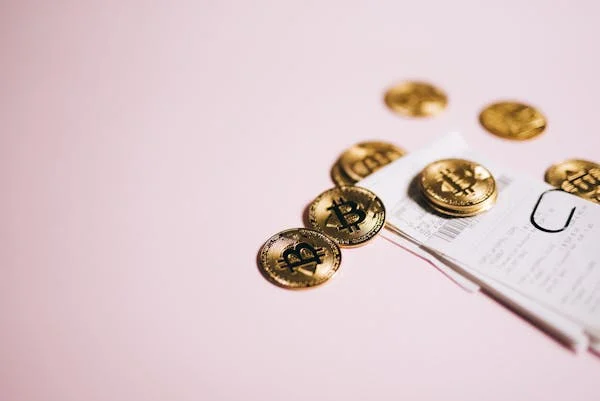Introduction
Money, in its various forms, has evolved over millennia, serving as the backbone of economies worldwide. From the earliest forms of barter to the sophisticated digital currencies of today, the transformation of money is a story of innovation and adaptation to societal needs. This journey from physical to digital currency has been propelled by advancements in technology, shifting financial paradigms, and the growing demand for secure, efficient, and borderless financial systems.

The Origins of Money: A Journey from Barter to Paper
Before the advent of currency, societies relied on a barter system. Goods and services were exchanged directly, often based on the needs and desires of the participants. However, as societies grew more complex, so did the limitations of bartering. The need for a medium of exchange that was universally accepted became evident.
Paper currency was introduced as a solution to these challenges. The first recorded use of paper money dates back to China during the Tang Dynasty (618-907 AD), and its use became more widespread during the Song Dynasty (960-1279 AD). Paper bills offered the convenience of carrying large sums of money without the weight of metal coins and allowed governments to control the money supply more efficiently.
The Rise of Fiat Money: The Backbone of Modern Economies
By the 16th century, banknotes issued by governments and financial institutions had become the norm in many parts of the world. These fiat currencies, such as the U.S. dollar or the British pound, were backed by the trust in the issuing government rather than a physical commodity like gold or silver. This transition marked a significant milestone in the history of money, as it shifted away from tangible assets to intangible financial systems based on confidence and governance.
Fiat money has remained the cornerstone of global economies for centuries. Its flexibility and control by central authorities allowed for stable economies, despite occasional inflationary pressures and financial crises. However, as the global financial system expanded, the limitations of traditional paper money began to surface.
The Digital Revolution: Entering the Age of Digital Currency
The advent of the internet and digital technologies in the late 20th and early 21st centuries set the stage for the next major transformation in monetary systems: the rise of digital currency.
In 2009, the world witnessed the launch of Bitcoin, the first successful cryptocurrency. Unlike traditional currencies, Bitcoin and its successors are based on blockchain technology, which allows for decentralized transactions without the need for intermediaries like banks. Blockchain technology also ensures transparency and security, making it an attractive alternative to conventional forms of paper-based currency.
Cryptocurrency is essentially a form of digital money that relies on cryptographic techniques to secure transactions. Unlike traditional money, which is issued and controlled by governments, cryptocurrencies operate on decentralized networks, often using technologies like proof of work or proof of stake to validate and verify transactions.
The Role of Blockchain Technology in the Evolution of Money
Blockchain technology has proven to be a game-changer in the financial world. This distributed ledger system allows for peer-to-peer transactions, eliminating the need for traditional financial intermediaries.
